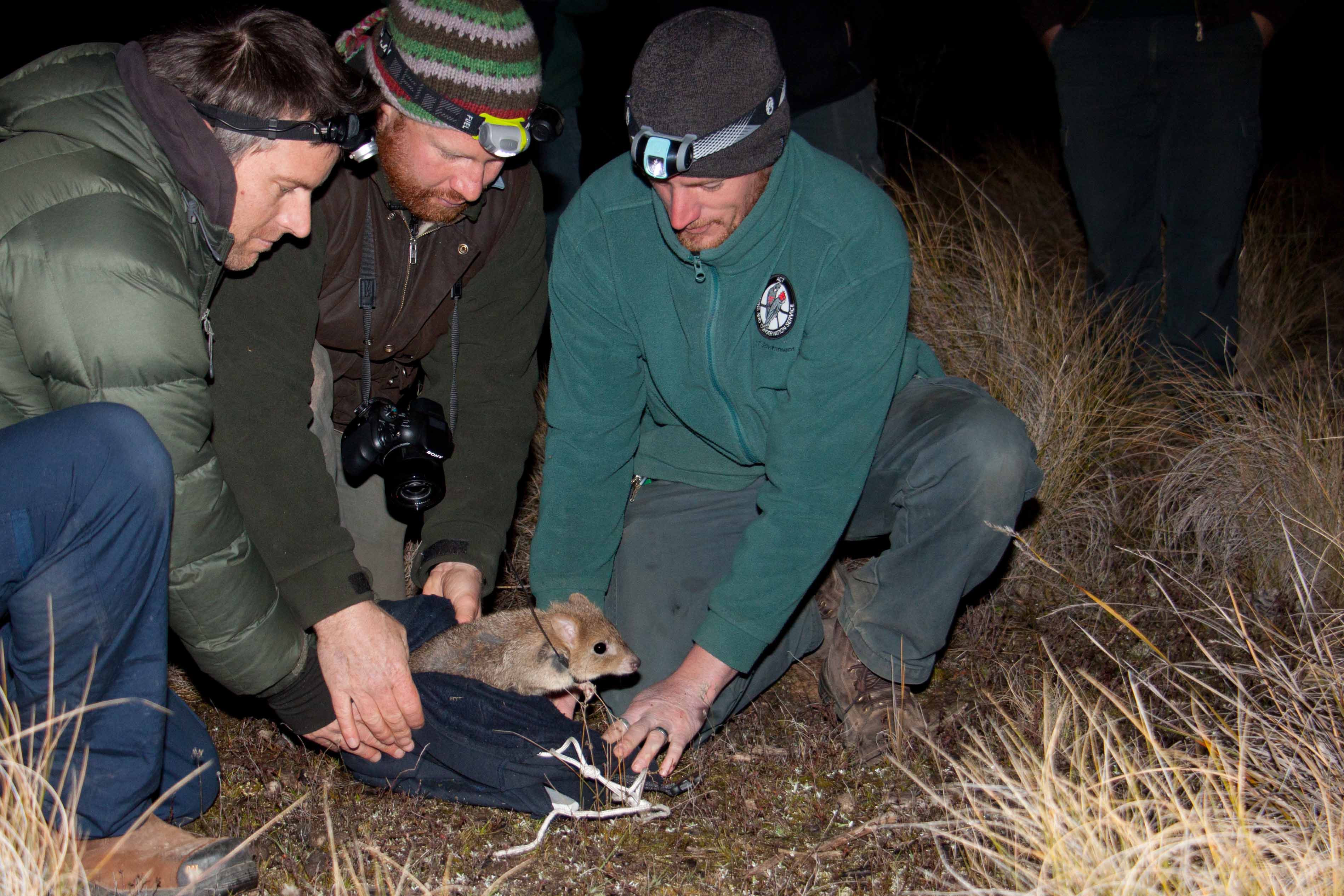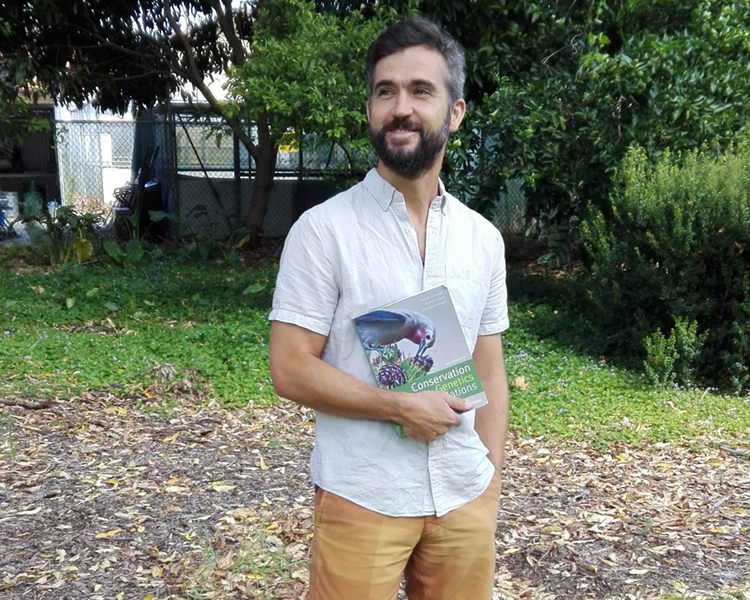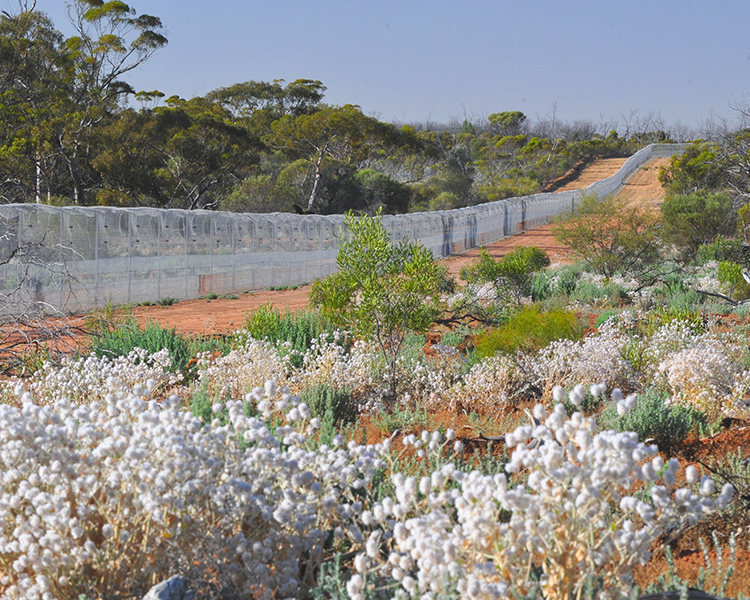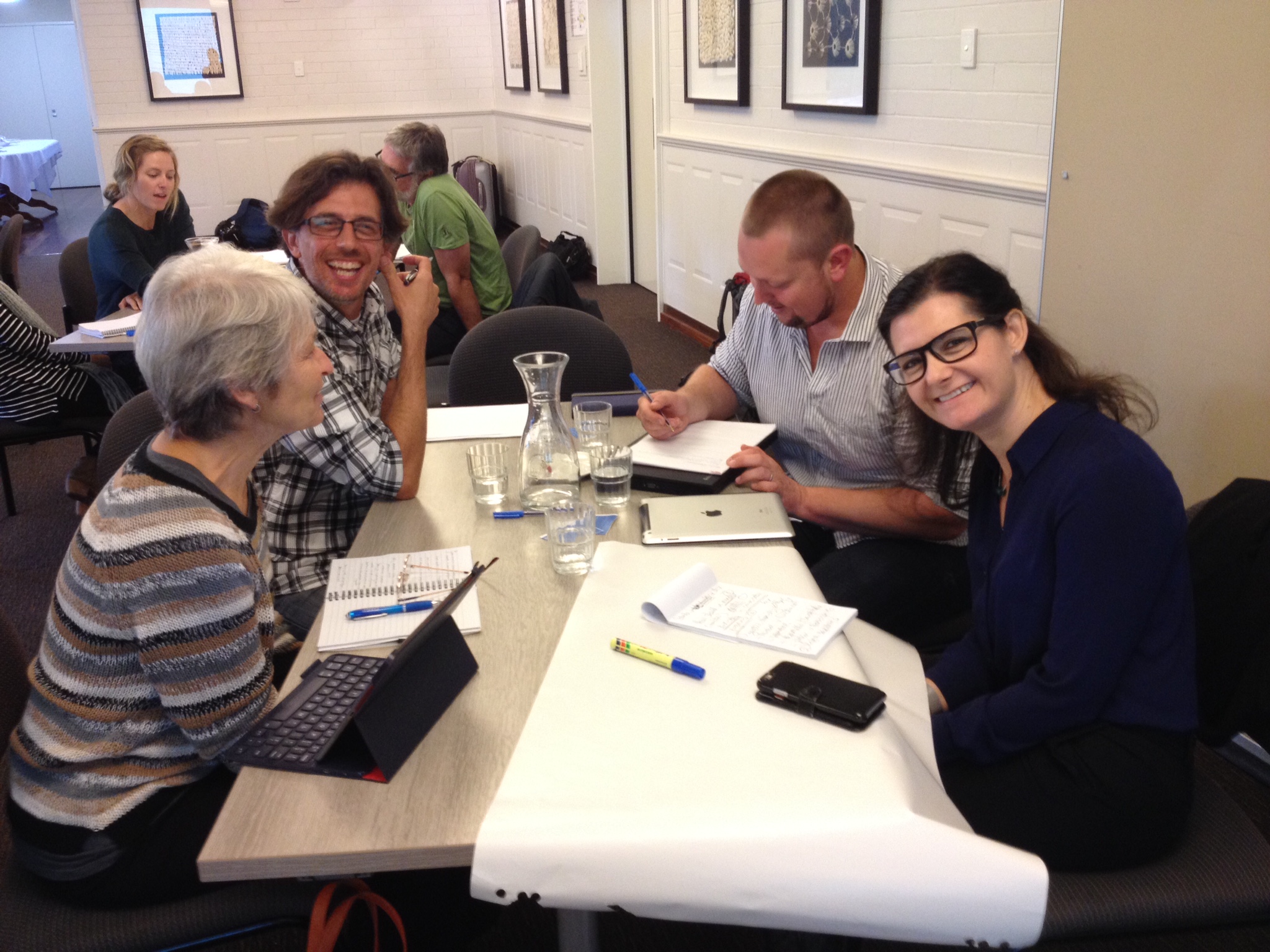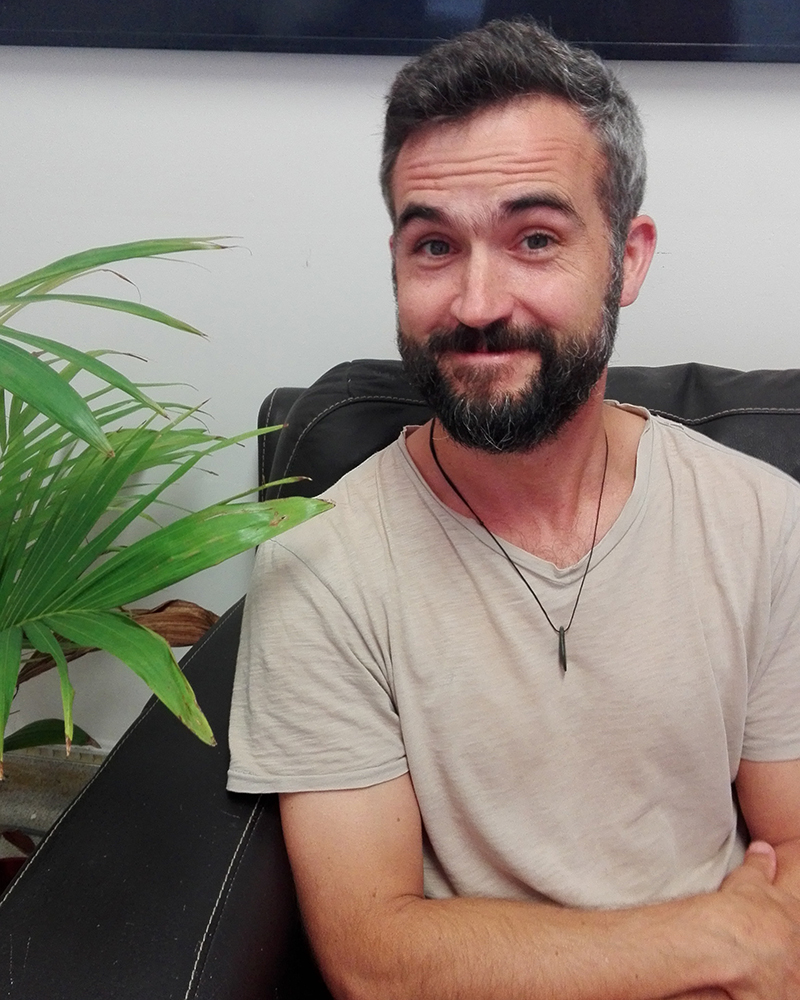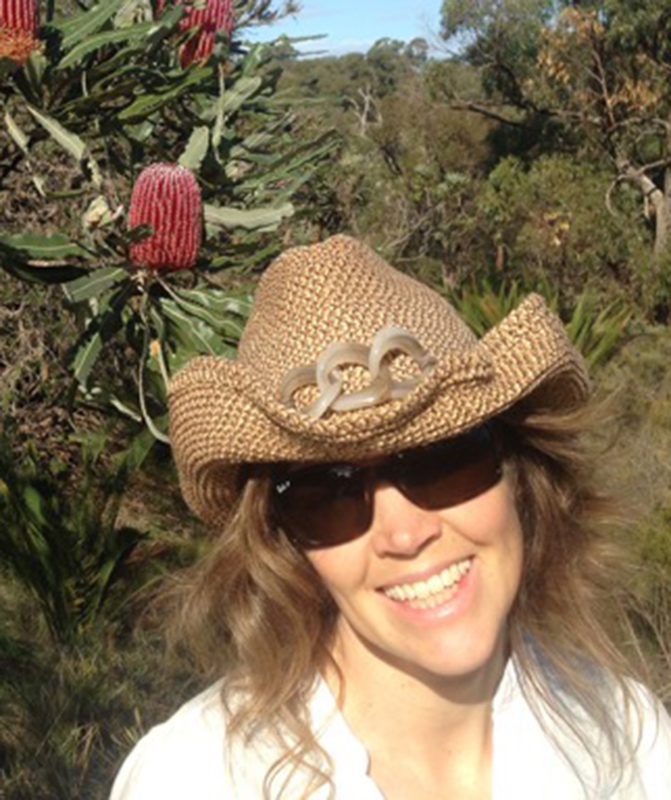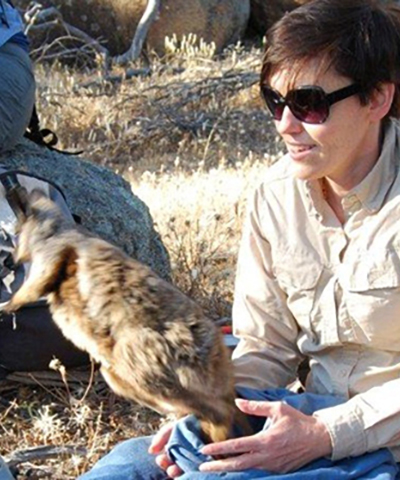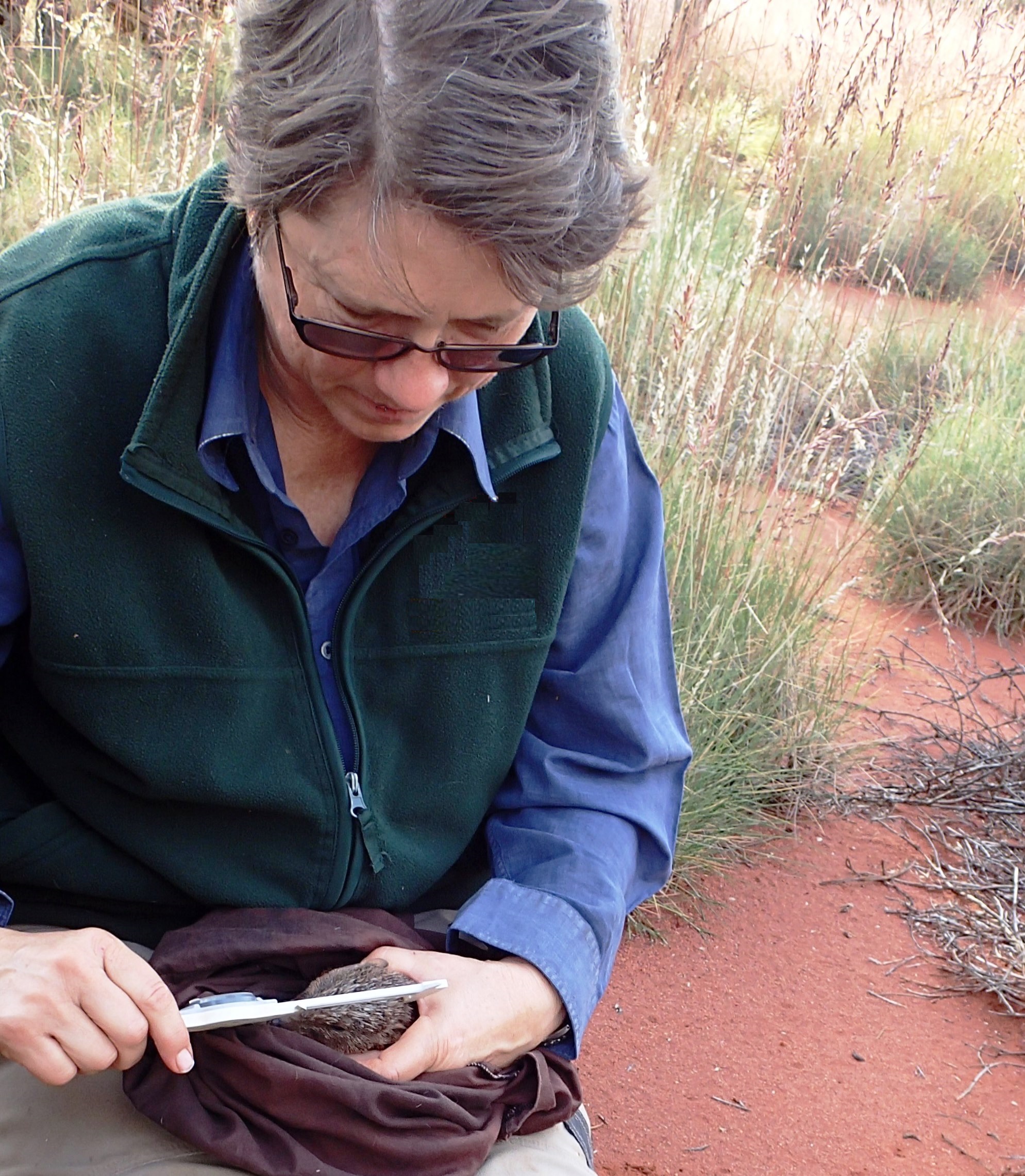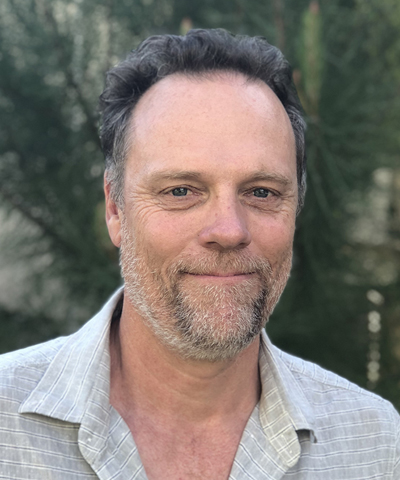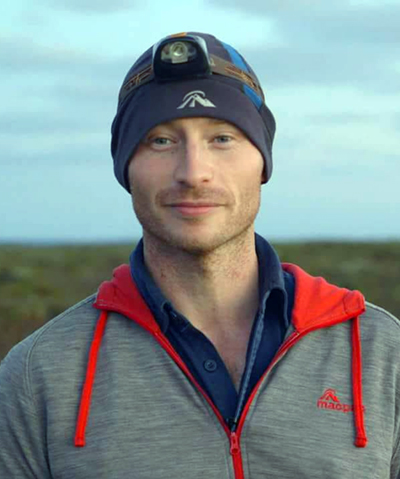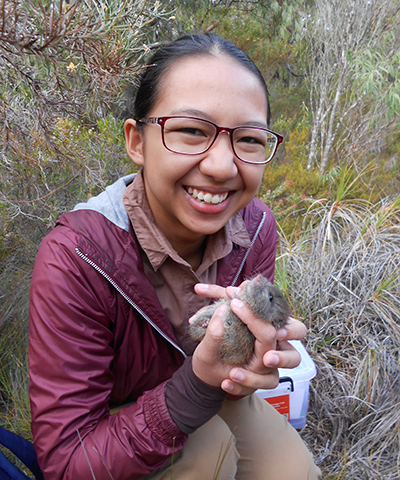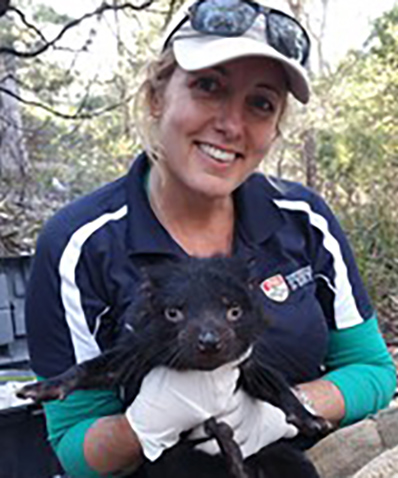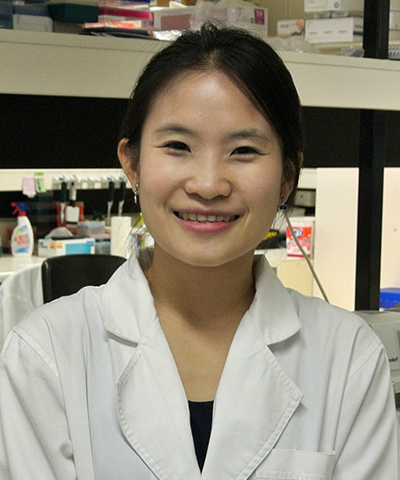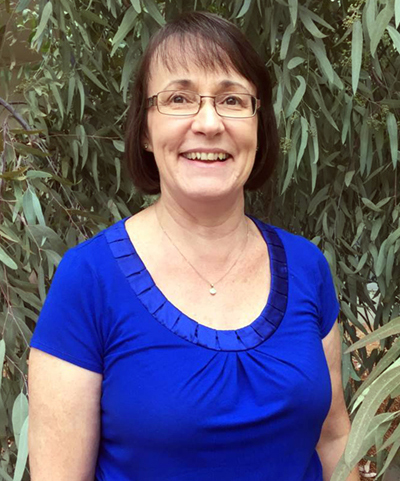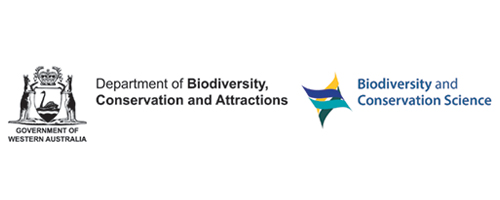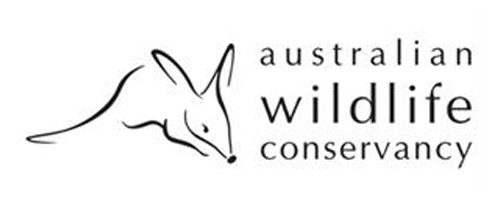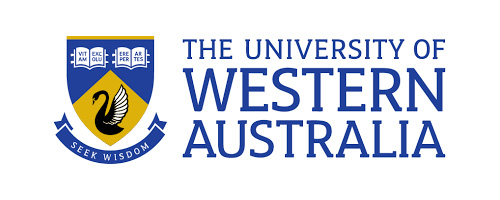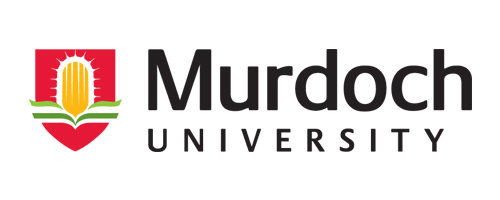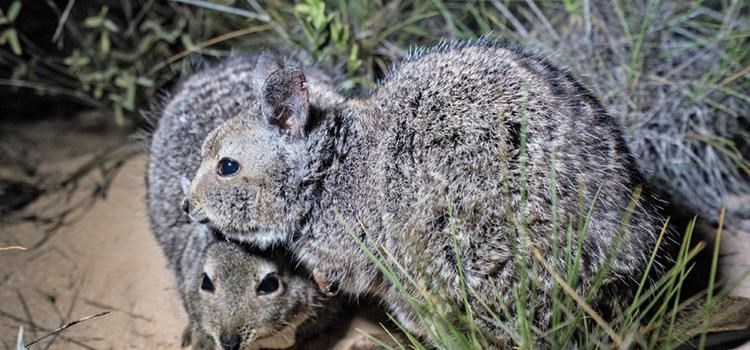
Project: 4.1.6.2
Genetic management and population modelling of translocated fauna
Project Leaders: Daniel White , Nicola Mitchell , Kym Ottewell
Research in Brief
This project focuses on the genetic management of mammals translocated as part of a major restoration project underway on Dirk Hartog Island that is led by Western Australia’s Department of Biodiversity, Conservation and Attractions (DBCA). Focal species include the Shark Bay bandicoot, the banded hare-wallaby and the dibbler. Population viability assessments incorporating genetic information have been undertaken for each of these species, to inform sourcing strategies for translocations to Dirk Hartog Island, as well as translocations to mainland sanctuaries in Western Australia.
The research is being undertaken in collaboration with DBCA, the Australian Wildlife Conservancy, the University of Sydney, and Murdoch University.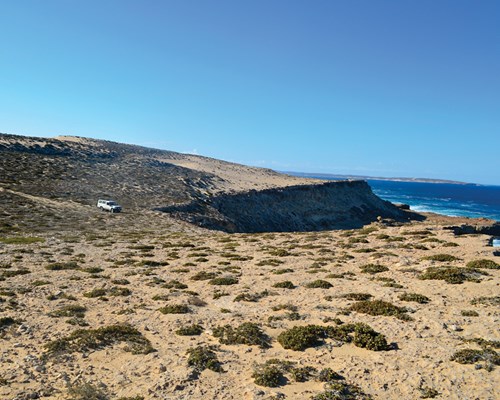
Dirk Hartog Island. Photo: Nicola Mitchell
Why is the research needed?
Translocations move animals from one location to another, either as a reintroduction to their former range or to new ecological refuges. The resource intensive technique is generally used for species that are highly threatened and unable to be maintained in the broader landscape.
Habitat fragmentation and reduction, predation from introduced pests such as foxes and feral cats and anthropogenic-driven environmental events such as fire and drought put further pressure on already fragile systems, leading to increasingly isolated populations. Population numbers can be reduced to below sustainable thresholds, genetic diversity lost and individuals can become increasingly inbred. If action is not taken, local extirpations can ultimately lead to species loss.
Translocating animals between locations is one way of increasing population numbers and sizes, and can facilitate much-needed gene flow. However, the success of translocations is not guaranteed, and management decisions are often based on best estimates of relevant factors at the time – and these factors often change. For example, out of four translocations that have been attempted for the dibbler only two have been successful. The successful ones, further, did not always have a larger founding population. A possibly even more important consideration is the impact that such harvesting has on what are often the few remnant wild populations left of a species.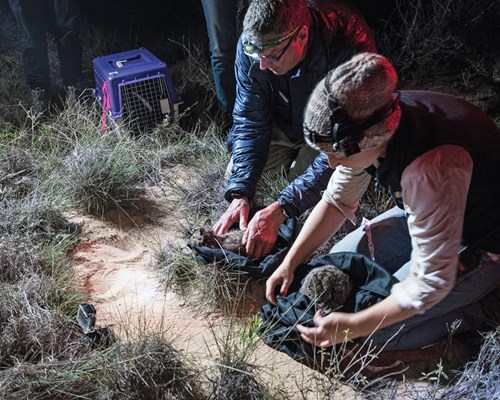
Release of two hare-wallabies. Photo: Richard Manning
How will the research help?
Population viability analysis (PVA) modelling allows managers to project into the future. It enables them to make robust predictions around population survival and retention of important genetic diversity.
This project used PVA to support the development of optimal translocation strategies for three species targeted for translocation to Dirk Hartog Island, as part of the ‘Return to 1616’ project: the banded hare-wallaby, the Shark Bay bandicoot and the dibbler. Return to 1616 is an exciting project managed by the Department of Biodiversity, Conservation and Attractions (DBCA), the objective of which is to restore Dirk Hartog’s biodiversity to what it was before European arrival.
The distributions of all three of the target species are now drastically reduced, restricted to offshore islands off the west coast of West Australia and, in addition for the dibbler only, the Fitzgerald River National Park on the south coast of WA.
Working closely with DBCA, the results from the research will have direct impact on decision-making in terms of how many individuals can be safely harvested from source populations, and how many are needed to maximise the chance of survival and retention of genetic diversity vital for both short and long-term viability. Further, the cost-effectiveness of various translocation strategies can easily be assessed using PVA modelling, which could potentially free up precious resources for investment elsewhere..jpg)
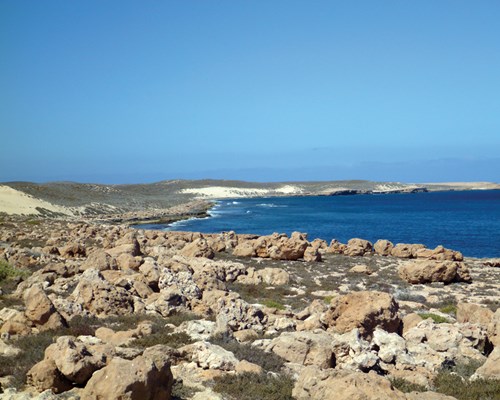
Dirk Hartog Island. Photo: DBCA
What research activities are being undertaken?
The project focuses initially on assessing the current distribution of genetic variation within species, to fully understand what currently exists in terms of the number of genetically distinct populations, inter-population dynamics and the diversity harboured within them. Genetic variation has so far been quantified using a limited number of loci, but we hope in the future to obtain thousands of markers distributed across entire genomes.
Baseline PVA models were developed that accurately reflect the life history of the target species, and include the genetic data.
To do this, life-history parameters such as reproduction and mortality rates, as well as frequency of environmental events, were carefully selected from primary sources – the more accurate these parameters are, the more accurate are the models.
Scenarios can then be trialled that optimise translocation programs. For example, the number of individuals needed, the benefits of mixing populations and over what timeframes and how frequently animals should be moved are all questions that can be answered. And last but not least, the impact of harvesting on critical source populations..jpg)
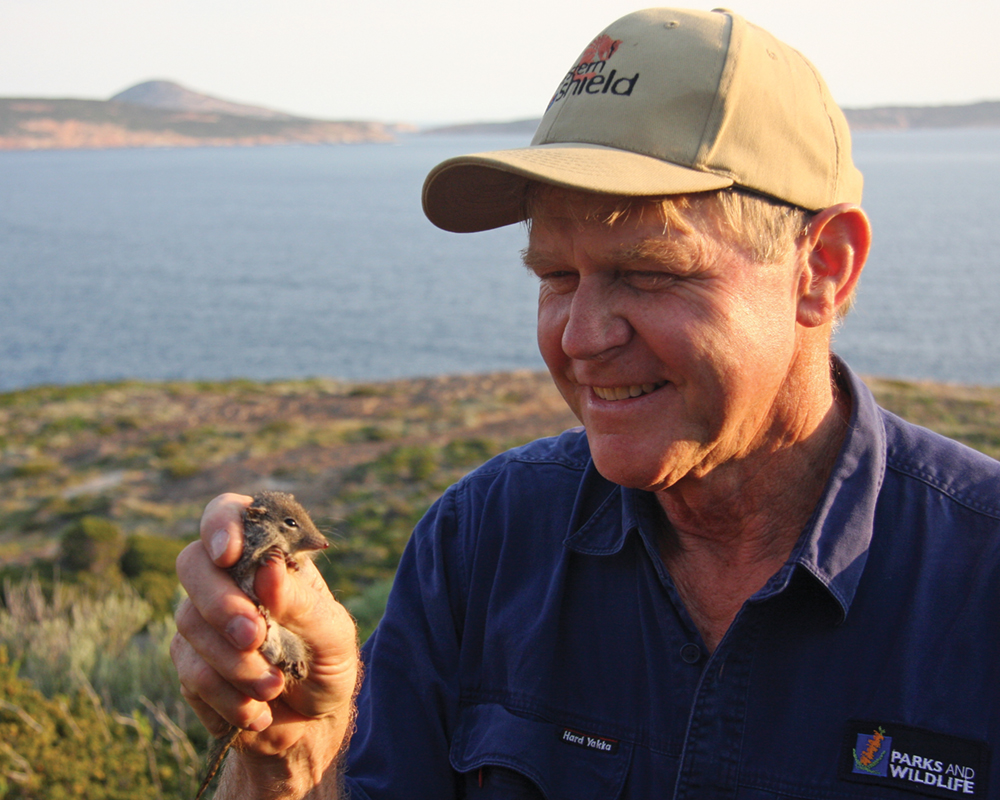 Scientist Tony Friend with a dibbler. Photo: DBCA
Scientist Tony Friend with a dibbler. Photo: DBCA
Who is involved?
The research is being led by the University of Western Australia in a close collaboration with the Western Australian Department of Biodiversity Conservation and Attractions.
Also involved are the Australian Wildlife Conservancy, the University of Sydney and Murdoch University.
Where is the research happening?
This research will benefit mammal translocations for Dirk Hartog Island and the source populations where the translocated animals will come from.
When is the research happening?
This project will run from 2017 to mid 2021.
Further Information
For more information please contact:
Dr Daniel White - daniel.white@uwa.edu.au
Top image: Pair of released hare-wallabies. Photo: Richard Manning
